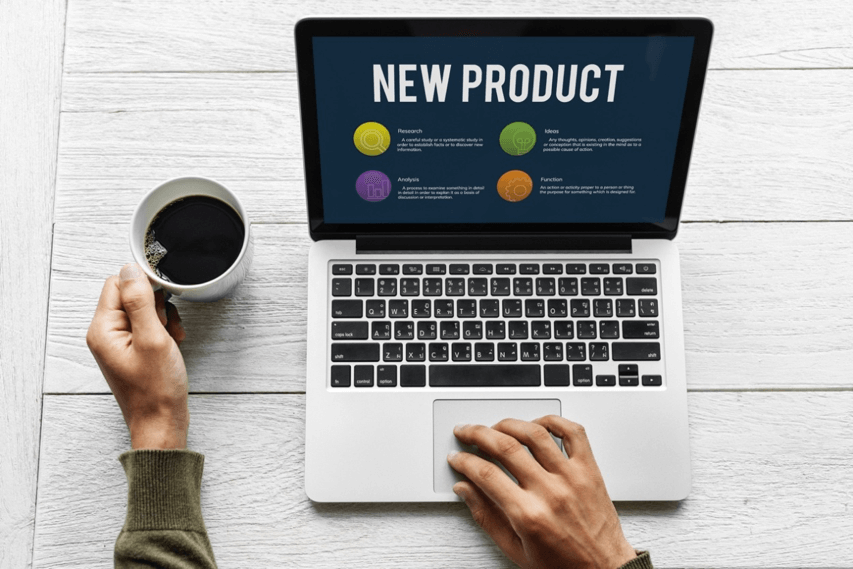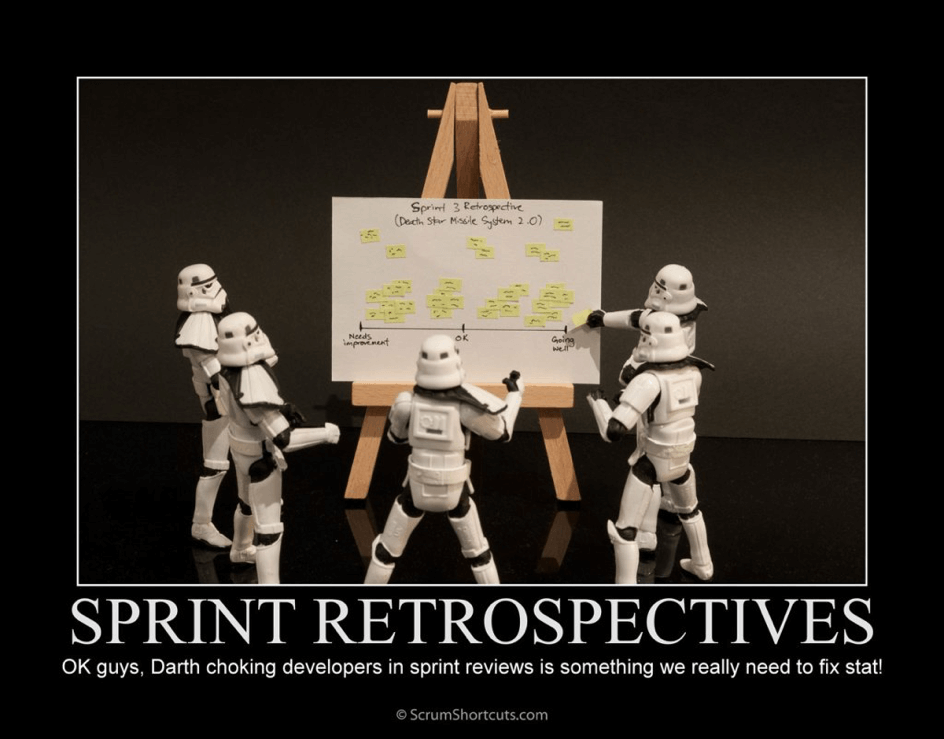The 8 Kryptonite-immune superheroes rolled into a single Product Manager
Do you imagine collaborating with motivated teammates to optimize a dream product? Do you have insane user experience and killer design perspectives? Are you the type of professional who ruminates on A/B testing scenarios on your commute? Can you systematically optimize websites, landing pages, and sales funnels? Do you breathe UI and drink UX? If so, the role of a product manager may be right up your alley.
 Photo by rawpixel.com from Pexels
Photo by rawpixel.com from Pexels
Many leaders of top technology companies started their careers in the product management function. From Sundar Pichai, CEO of Google to Stewart Butterfield, founder and CEO of Slack, it’s clear that owning product is an excellent route to develop the skills and expertise to one day run an organization that consistently delivers delightful technology products and services. Closer to home, read what Delhi native and University of Washington student Satvik Vats has to say about his experience as a product manager intern at Go Daddy – from sharing inputs on design mock-ups to having to understand code.
So, what shapes these superhuman abilities of a product manager? And, how do they use these out-of-this-world skills to chase success at another level in the real world? Let’s find out!
1. The Juggler
In a technology or digitally-focused company, a product manager juggles several roles, not only during the course of a career, but also in one day. As a product manager, you’re responsible for taking forward (or not) ideas for new technology-based digital products. Instagram’s ‘Story’ feature, for example, was just an inkling at the outset when envisioned; the full feature set and functionality was brought to life by product manager Nathan Sharp and his development team in 2016 – you can read all about the process here.
You’re (typically) surrounded by a team of seasoned, talented and successful professionals proposing new features or products that you have to evaluate against company objectives and resources. It’s a real balancing act – figuring out how to allocate time and budget against unproven, yet potentially transformational ideas.
2. The Sprinter
Product development has its own lingo. For example, a sprint is a set period of time during which specific work has to be completed and prepared for review by other stakeholders. Each sprint begins with a planning meeting where all deliverables and timelines are decided by all stakeholders. During the sprint, the product manager runs a short (<15 minutes), mandatory, full team stand up meeting (yes, really, no one is allowed to sit!) at the start of each day to discuss progress and identify solutions to challenges. Anything that requires more careful consideration is then tabled for discussion in another meeting once more research is complete.
 Photo from ScrumShortcuts.com
Photo from ScrumShortcuts.com
3. The Ruminator
As a product manager, you are a key player in usability testing – the process by which a product is checked under various scenarios, or use cases, to better understand its potential for success. Playing around with different features and facets of your product is vital to designing from the viewpoint of all stakeholders. It’s also smart to keep up with market trends, and keep your eyes peeled for new products or features, whether competitive or not! As a product moves from hunch to idea to prototype to full blown development, you are part of the ‘core team’ that owns it. So, you regularly coordinate with the user interface designer and lead engineer to identify shortcomings or technical roadblocks, as well as review the timeline for soft rollout, bug fixes and full-fledged rollout.
 Photo by Kaboompics.com from Pexels
Photo by Kaboompics.com from Pexels
4. The Evaluator
End user acceptance is critical and can come quickly and decisively (or not), after months of painstaking work. It’s important for product managers to talk to consumers EVERY SINGLE DAY to keep on the pulse of changing requirements, even those they may not outwardly verbalize but ones that you extract by reading between the lines during conversations or focus groups. The company’s sales and business development teams can also be the source of valuable insights about potential success rates because they’re the ones who conduct product demos. Synthesizing all that feedback and observations is important, and, because you have the kind of mindset that’s accustomed to optimizing every situation, the process drives you to be better.
5. The Hacker
Product managers are evaluated on how many users come to a site or use a product. While many companies spend millions on marketing campaigns, others go the route of growth hacking, trying to acquire customers or users with the smallest possible spend. Since this responsibility takes a dash of creativity and a pinch of daring to try innovative ideas, collaboration with content, marketing and engineering is paramount for success.
 Photo by rawpixel.com from Pexels
Photo by rawpixel.com from Pexels
6. The (Smooth) Operator
As a product manager you go beyond just managing the product to managing corporate life to keep the wheels turning. On any given day, you might collaborate with the legal, compliance, or operations teams on practicalities related to widespread adoption of your product. So, rapport-building and effective communication are also a part of your job description. With the vast, broad and deep impact of today’s tech products, ethical thinking is paramount. Lawyers help you stay abreast of the risks you could face, and the responsibility you hold, as the individual who signs off on launching consumer-facing products or services.
 Photo by rawpixel.com from Pexels
Photo by rawpixel.com from Pexels
7. The Diplomat
You may also update your manager, typically the head of a business unit or service line, with insights on potential launch delays, or expected usage metrics. Senior leadership may call you to better understand opportunities for new feature sets or bundling options to improve the user experience. Or you may have to negotiate with the business development and marketing departments to deliver against expectations of both distribution partners and consumers.
8. The Butterfly
Most days are busy, full of brainstorming, chatter and LOTS of decision making. You call the shots. You fix the bugs. You move through rooms (virtual AND physical) quickly. You think laterally. You instruct creatively, but concisely. You communicate with different teams simultaneously. You tend to e-mail promptly and sync your dynamic list of tasks and updates in real-time. In essence, the buck stops with you.

Phew! A long day filled with loads of decisions, people, conversations, and screens. While superheroes have shields to keep them in check and “alive”, similarly product managers have collaboration tools like Asana, prototyping platforms like AdobeXD and communication software such as Telegram to stay organized, productive, and sane. These tools allow for down time to grab a quick meal with co-workers, water breaks for hydration and perhaps a quick walk to combat an afternoon slump. After all, tomorrow’s another day to put your superhero powers to the test once again!
Naihan Nath contributed to this article

